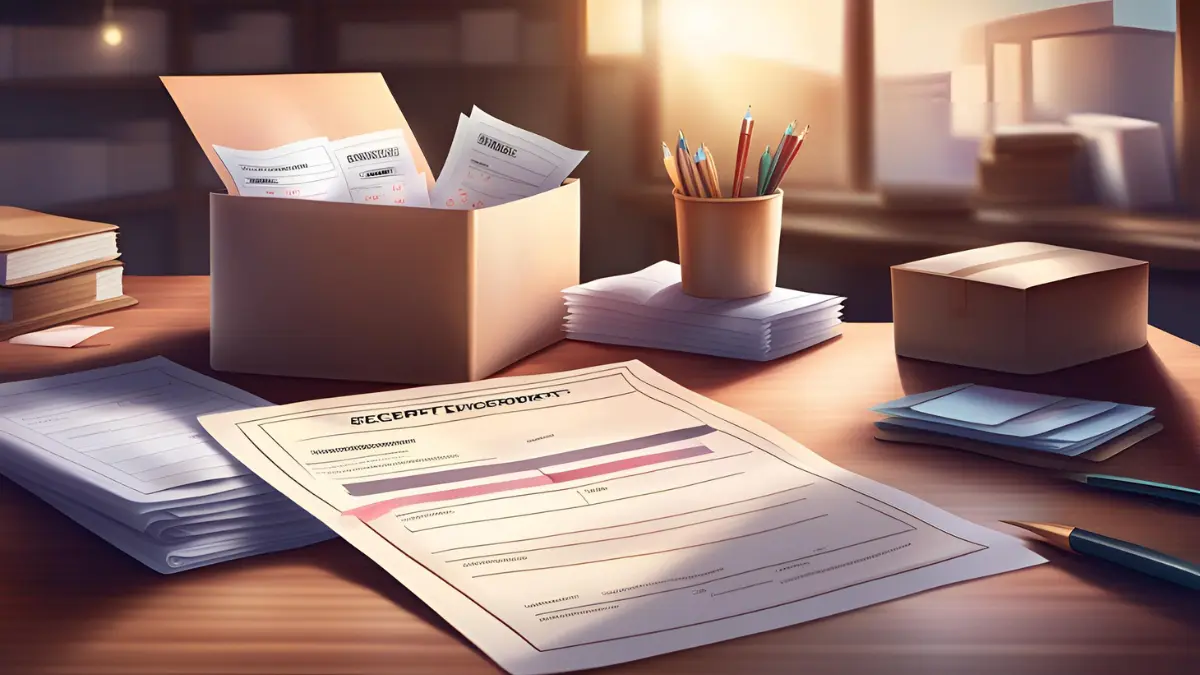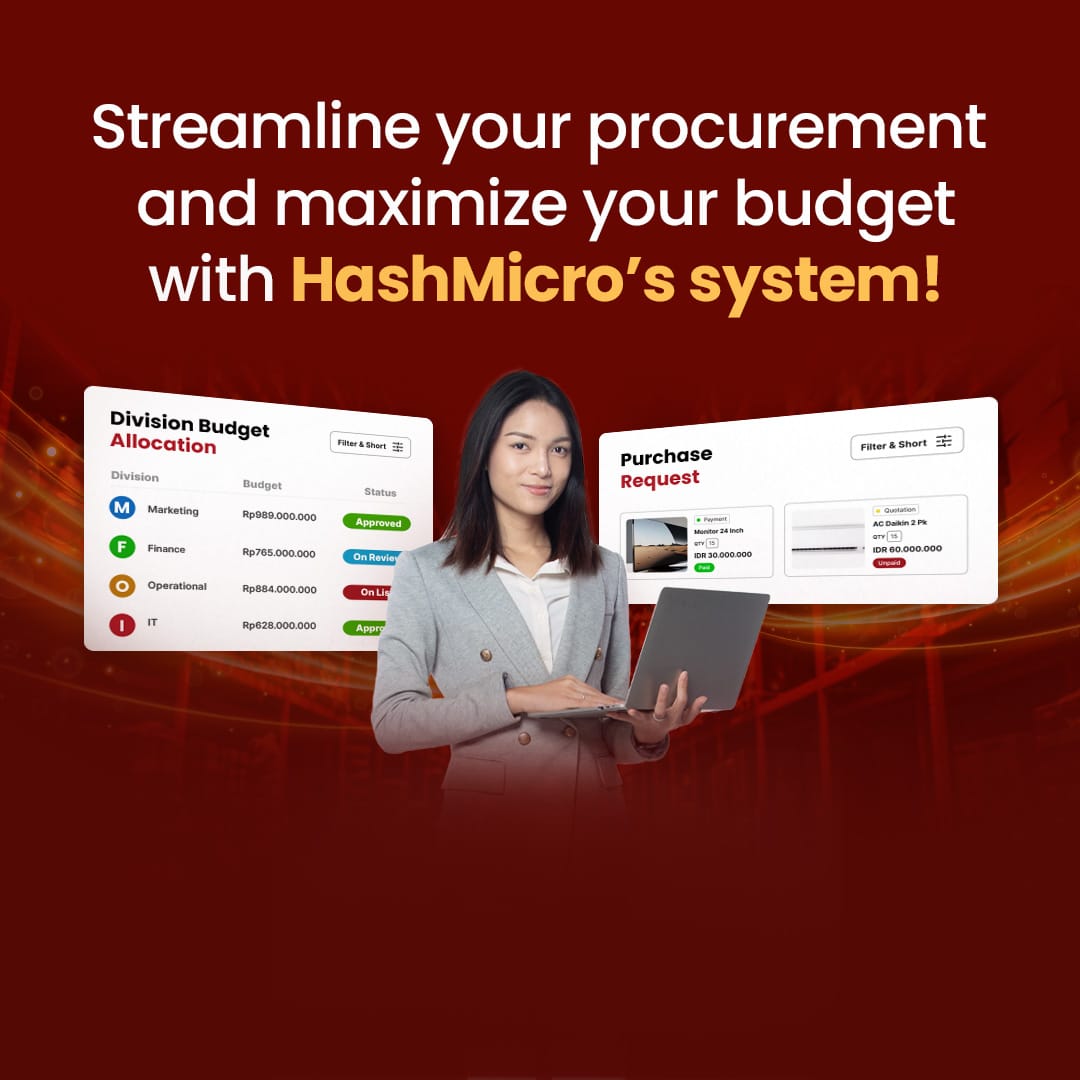Welcome to an in-depth exploration of procure-to-pay (P2P), a vital process that drives efficiency and cost optimization in businesses. In this article, we will introduce you to the procure-to-pay process, define its significance, and highlight its essential components.
Procure-to-pay (P2P) is an end-to-end workflow that encompasses the entire procurement cycle, from identifying a need within your organization to making the final payment to the vendor or supplier. It involves multiple stages, including requisitioning, supplier selection, purchase order creation, receipt of goods or services, invoicing, and payment.
Efficient P2P processes are crucial for businesses to thrive in Singapore’s competitive marketplace. By streamlining and automating these stages, you can reduce manual efforts, enhance visibility, and optimize cost controls.
Throughout this article, we will break down the procure-to-pay process, explore its various steps, and delve into the importance of approvals, purchase order management, receipt of goods, supplier performance evaluation, invoice processing, and vendor payment.
Whether you’re new to P2P or seeking optimization opportunities, this insightful guide will equip you with the knowledge and understanding you need to streamline your business operations effectively.
Key Takeaways
|
Table of Content:
Table of Content

The Role of Procure to Pay (P2P) in Enhancing Operational Efficiency
The procure-to-pay process plays a vital role in enhancing operational efficiency for businesses. By breaking down the P2P cycle into various steps, you can gain a step-by-step overview of the entire procurement process. It is also an integral part of a broader, overall procurement process called source-to-pay (S2P).
It all starts with identifying the needs within your organization. Understanding your requirements is crucial for successful procurement. Once you have identified those needs, the next step is creating requisitions.
Requisitions serve as formal requests for the purchase of goods or services. They act as the starting point of the procurement process and help ensure that all necessary items are acquired timely and effectively.
After creating requisitions, they go through evaluation and approval by the purchasing department. The evaluation process involves assessing factors such as pricing, quality, and availability. Once approved, purchase orders are issued to the selected suppliers.
Each step of this comprehensive approach to procurement ensures that the process is systematic and efficient. By breaking down the P2P process, you can streamline operations, minimize errors, and optimize cost controls.
Approvals and Purchase Order Management
In the procure-to-pay process, approvals play a crucial role in ensuring that all requisitions are legitimate and in compliance with company policies. The purchasing department evaluates each requisition and selects the appropriate supplier before creating and issuing purchase orders.
These purchase orders serve as official documents that confirm the agreed-upon terms and conditions with the supplier. Effective approval and purchase order management ensure that the procurement process is transparent and aligned with organizational policies.
To initiate the procurement process, requisitions undergo a thorough evaluation by the purchasing department. This evaluation involves assessing the validity of the requested items or services and determining their alignment with the organization’s needs. Once a requisition is deemed legitimate, the purchasing department proceeds with the supplier selection process.
Supplier selection is a critical step in purchase order management. It entails evaluating potential suppliers based on factors such as price, quality, reliability, and delivery capabilities. By choosing the most suitable supplier, organizations can ensure the procurement of goods or services that meet their requirements and align with their strategic objectives.
Once the supplier is selected, the purchasing department creates purchase orders, which serve as contractual documents outlining the agreed-upon terms and conditions. These purchase orders provide clarity and legal protection for both the organization and the supplier. They specify the items or services to be procured, quantities, delivery dates, payment terms, and other essential details.
Efficient management of purchase orders is crucial to maintaining transparency and accountability throughout the procurement process. By tracking and updating purchase orders as necessary, organizations can ensure that the entire procure-to-pay cycle runs smoothly and according to plan. This includes verifying order fulfillment, monitoring delivery timelines, and resolving any discrepancies that may arise.
In summary, approvals and purchase order management are integral components of the procure-to-pay process. They ensure the legitimacy of requisitions, facilitate supplier selection, and provide the documentation necessary to maintain transparency and accountability. By efficiently managing purchase orders, organizations can streamline their procurement processes, minimize risks, and ultimately enhance their overall operational efficiency.
Receipt of Goods and Supplier Performance Evaluation
Once the purchase orders are issued and accepted by the supplier, the next crucial step in the procure-to-pay process is the receipt of goods or services. This stage involves physically receiving the ordered items and inspecting them to ensure they meet the specified requirements. Adequate inspection is essential to verify the quality, quantity, and overall condition of the received goods or services.
Inspecting the received goods or services ensures that they align with the agreed-upon specifications, thereby minimizing the risk of receiving substandard or non-compliant items. As a procurement professional, it is your responsibility to ensure that the received goods are by the order and meet the necessary quality standards.
During the inspection process, you must carefully examine the physical characteristics and attributes of the items received. This may include checking for any damages, defects, or discrepancies that might affect the usability or performance of the goods. By paying attention to detail and conducting a thorough inspection, you can identify and address any issues promptly.
Supplier performance evaluation is closely tied to the receipt of goods or services. The quality and timeliness of the items received can significantly impact the overall evaluation of supplier performance. By monitoring and assessing suppliers based on their ability to consistently meet specifications, deliver on time, and provide satisfactory goods or services, organizations can make informed decisions about future procurement activities.
Supplier performance evaluation is not only beneficial for the organization but also strengthens relationships with reliable suppliers. Recognizing and rewarding exceptional performance encourages suppliers to maintain high standards and fosters a collaborative and mutually beneficial partnership. On the other hand, identifying underperforming suppliers allows businesses to address issues promptly, improve efficiency, and explore alternative sourcing options.
Effective supplier performance evaluation enables organizations to optimize their procure-to-pay process, mitigate risks, and drive continuous improvement in their supply chain. By ensuring that the goods or services received meet expectations, you contribute to the overall success and efficiency of the procurement function.
Invoice Processing and Vendor Payment
The final steps in the procure-to-pay process involve the crucial tasks of invoice processing and vendor payment. Invoice processing encompasses activities such as validation, approval, and payment. Manual management of invoices can be time-consuming and prone to errors, leading to delays and inefficiencies in the payment process.
Automation plays a pivotal role in streamlining invoice processing, significantly reducing delays and improving accuracy. By automating the invoice validation and approval workflows, organizations can eliminate manual data entry and ensure consistent adherence to payment policies. Automated systems can also provide real-time visibility into invoice status, enabling better decision-making and enhanced control over cash flow.
Timely payment to vendors is essential for maintaining smooth relationships and ensuring the completion of the procurement cycle. With automated vendor payment solutions, businesses can optimize payment schedules, eliminate late payments, and enhance overall vendor satisfaction. Automation enables expedited payment processing, while also mitigating the risk of errors and avoiding potential late payment penalties.
In conclusion, the integration of automation in invoice processing and vendor payment offers numerous benefits, including increased efficiency, enhanced accuracy, and improved supplier relationships. By leveraging technology to streamline these final stages of the procure-to-pay process, organizations can optimize their operational processes, reduce costs, and unlock significant time savings to focus on more strategic initiatives.
Conclusion
The procure-to-pay (P2P) process is pivotal for driving efficiency and cost optimization in businesses, covering every step from identifying organizational needs to making final vendor payments. By automating and streamlining each stage—from requisition and supplier selection to purchase order creation, receipt of goods, invoice processing, and vendor payment—businesses can significantly reduce manual efforts, enhance visibility, and optimize cost controls.
Understanding and implementing an efficient P2P process is essential for thriving in today’s competitive marketplace. Whether you’re new to P2P or looking for optimization opportunities, this guide equips you with the knowledge to streamline your business operations effectively.
To truly experience the benefits of an optimized procure-to-pay process, consider exploring HashMicro‘s Procurement Software. Our solution is designed to automate and enhance every stage of your P2P process, ensuring transparency, compliance, and efficiency. Try our software with a free demo and see how it can transform your procurement operations and drive your business forward.




































